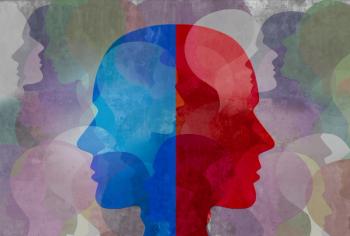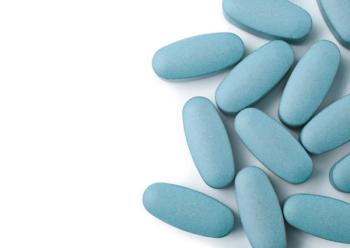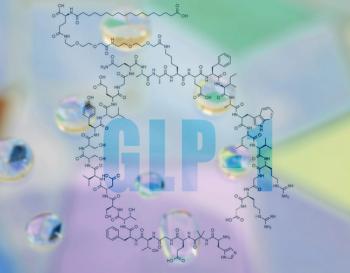
|Slideshows|April 17, 2019
Highs and Lows in New Bipolar Research
Author(s)Leo Robert
Recent study results offer some good news and some bad. A concise summary of key findings here.
Advertisement
Newsletter
Receive trusted psychiatric news, expert analysis, and clinical insights — subscribe today to support your practice and your patients.
Advertisement
Advertisement
Advertisement
Trending on Psychiatric Times
1
Southern California Psychiatry: Review of New Agents in Schizophrenia and Dementia
2
AI in 2025: A Look Back With Allen Frances, MD
3
Programs for ST-905 and ST-905 for Schizophrenia and Depression Launched by Syremis Therapeutics
4
Psychiatry and Artificial Intelligence in 2025
5




